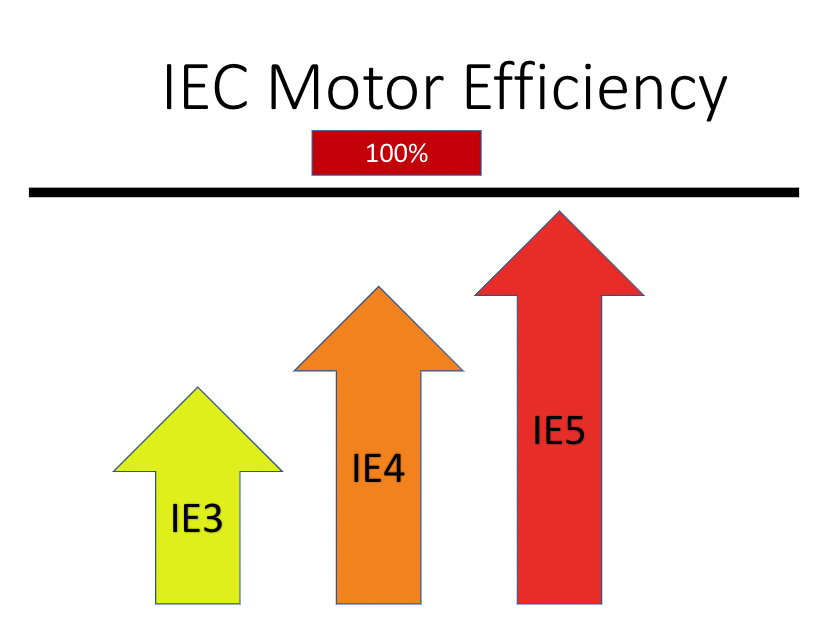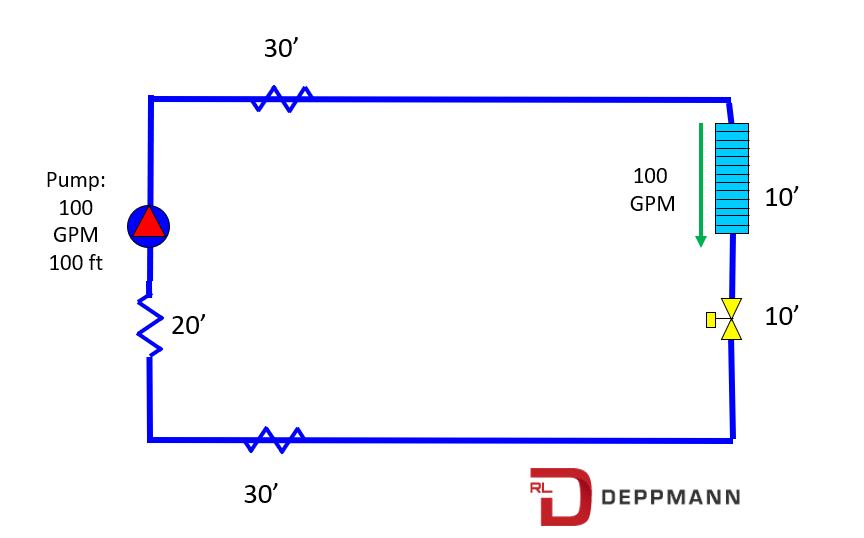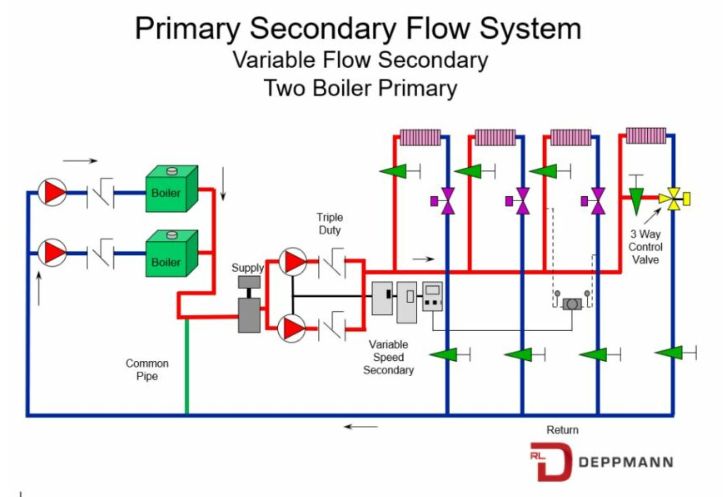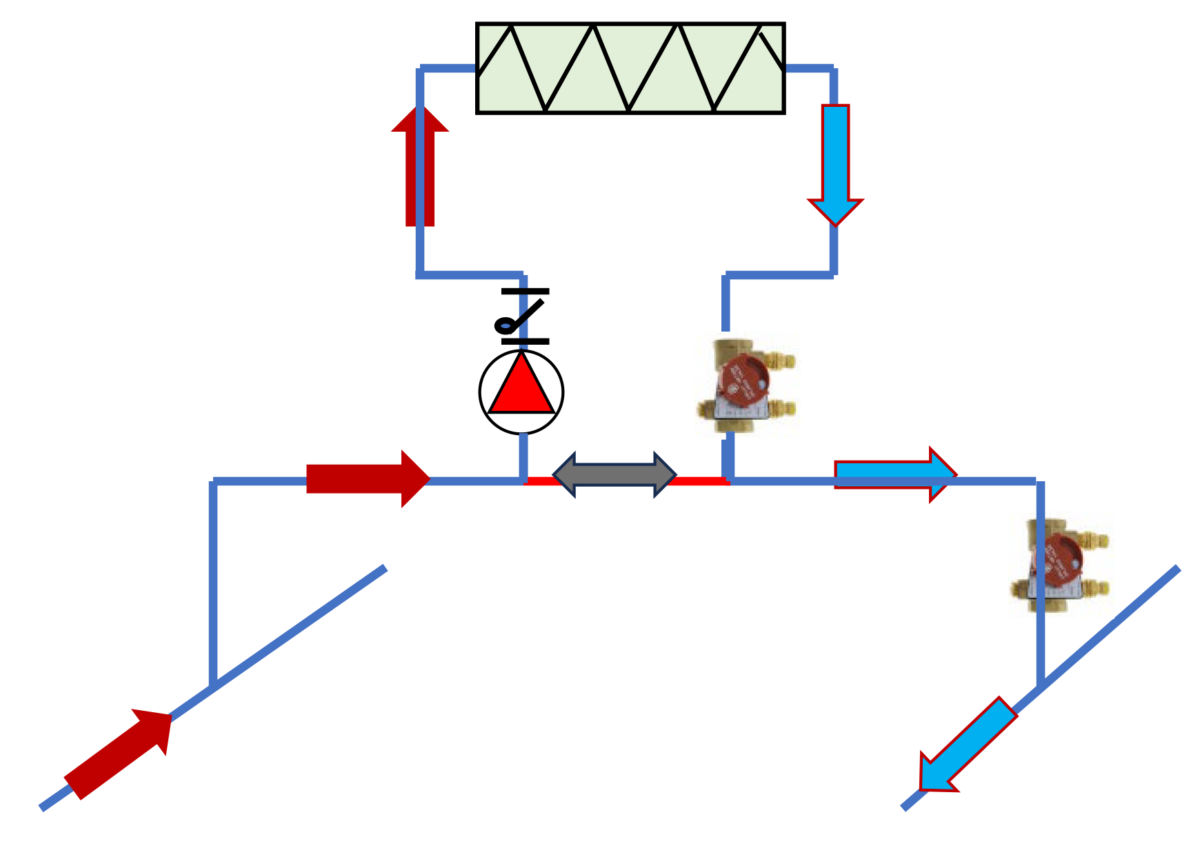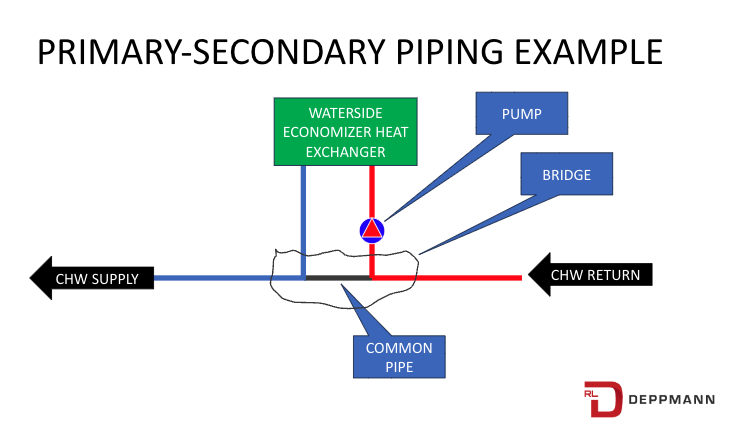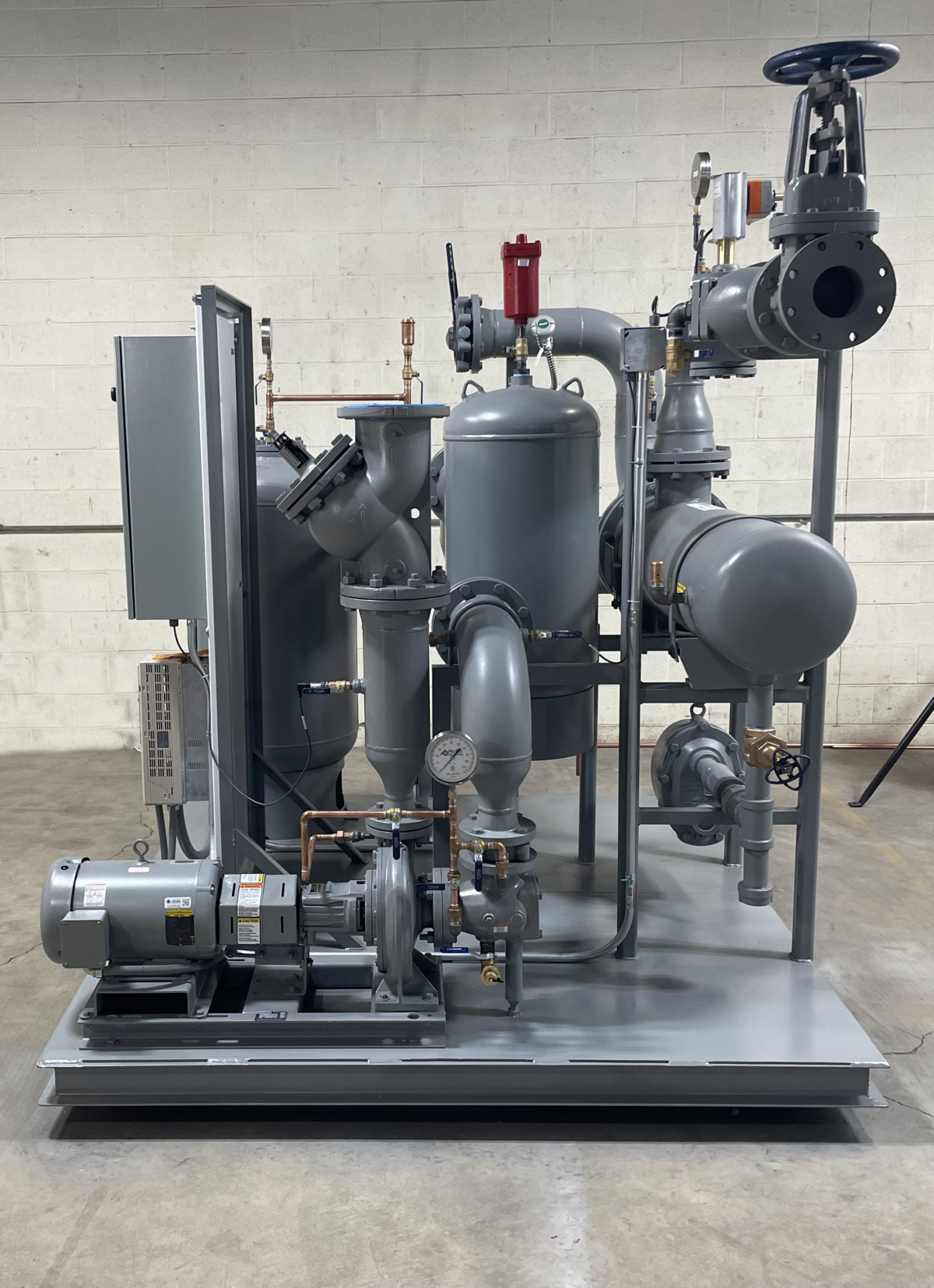You understand the differences between premium efficiency (IE3) motors and PMAC or ECM motors (IE4&5). You understand the cost implications of both styles of motors. …
Permanent Magnet (PMAC) Motors & Electronically Commutated (ECM) Motors in Hydronic Systems (Part 2 of 3)
Can I and should I specify permanent magnet motors (PMAC) on my hydronic system pumps? The last R. L. Deppmann Monday Morning Minutes showed the …
Open System Curves in Hydronic & Plumbing Systems
System curves give insight into energy analysis, pump operation, and control setting analysis. Unlike closed hydronic systems, open systems rarely have a system curve that …
What is Control Head in Hydronic Variable Speed Pumping?
Control head is a term used in many different industries. What is the control head in our world of variable speed pumping hydronic and plumbing …
Condensing Boiler Specification – Part 6 – Variable Primary-Variable Secondary Example
Variable Primary-Variable Secondary pumping in hydronic heating systems has many advantages when this pumping method is chosen for the condensing boiler heating system. Today we …
Primary Secondary Piping Basics: Part 3 – The Common Pipe and Boiler Loops
Many boilers manufacturers recommend or suggest using a primary secondary arrangement rather than primary variable pumping. Often this piping scheme is suggested to avoid flow …
Primary Secondary Piping Basics: Part 2 – The Common Pipe (also Referred to as the Decoupler)
R. L. Deppmann Company receives calls about the size and the length of the common pipe just about every week. Gil Carlson, ASHRAE fellow and …
Primary-Secondary CHW Loops with Unequal Flow Rates
Primary-secondary hydronic system loops have a common pipe that facilitates flow in both directions when the two loops have different flow rates. That same common …
Existing Hydronic System Volume Calculations
During a recent visit to a K-12 school hydronic system, I was asked if there was a way to determine the total system volume. My tongue …
Packaged Mechanical Systems: Contractor Advantages
The use of packaged systems in the mechanical room design has distinct advantages for engineers. Why would a contractor ever consider a hydronic, steam, or …
- Page 1 of 2
- 1
- 2


